Interviews
Memories of my infancy: Japanese 1, Japanese 2… (Spanish)
(Spanish) I was born on the San Nicolás Hacienda, where there was a place for the Japanese community, let´s call it “of the north,” one of many such places. I recall one in Cañete and then another called…well, I don’t remember, perhaps near Trujillo I believe, forgive me, Chiclayo, places where the Japanese settlement was near. The hacienda belonged to a Peruvian, naturally, and what he needed was cheap labor.
And I remember that one of the things that I considered amusing– I don’t know if you will also find amusing what I am about to tell you – I was a child who walked alone, and on Saturdays I remember going to the site where the workers received their pay; then they finished paying the Peruvian workers -- of course by their respective names, Luis Collantes, what I recall, and then when they began to pay the Japanese, they shouted out not a name but rather “Japanese number 1,” “Japanese number 2,” which made me laugh aloud because they [the Peruvian bosses] couldn’t say, for example, Shinki, Hitotuishi, these are difficult names for them to pronounce, and even worse to write. This is the strange thing that I saw when I was a child, I realize now.
Date: September 6, 2007
Location: Lima, Peru
Interviewer: Harumi Nako
Contributed by: Asociación Peruano Japonesa (APJ)
Explore More Videos

Reflecting on Japanese Americans' response to incarceration
(b. 1925) Draft resister

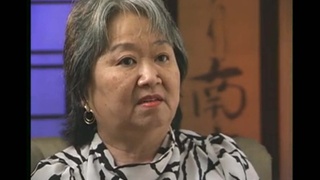
Thoughts on relationship between Japanese Peruvians and Japanese Americans at Crystal City, Texas
(1937 - 2021) Teacher
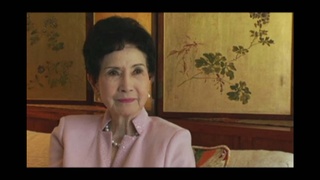
Father interrogated by FBI, but not taken away
(1925 - 2018) Nisei educator from Hawai‘i

The political effects on Nikkei during the war (Spanish)
(b. 1950) Nisei Chilean, Businessman

Government sold Japanese Canadian properties for little money
(b. 1928) Doctor. Former Chair of the Japanese Canadian Redress Foundation.
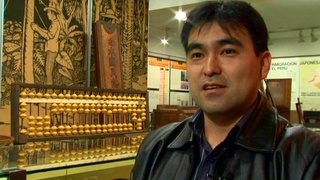
Origins of the Matsuri Daiko Group in Peru (Spanish)
(b. 1974) Director of Ryukyu Matsuri Daiko in Peru

The kimochi surpasses technique (Spanish)
(b. 1974) Director of Ryukyu Matsuri Daiko in Peru
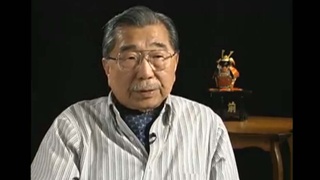
Questioning Curfew
(1918-2012) Fought the constitutionality of Executive Order 9066.

Challenges of finding a summer job
Judge, only Japanese American to serve on CWRIC.
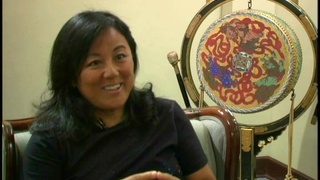
Is non-integration due to the distrust because of what happened in the Second World War? (Spanish)
(b. 1962) Peruvian Poet, Okinawan descendant



Traumatic experiences before camp
(1913-2013) Doctor specializing in obstetrics in Southern California

“Everybody went in like sheep”
(1913-2013) Doctor specializing in obstetrics in Southern California
